
When someone mentions a PC gaming setup, one of the first things that might come to mind is a traditional desktop computer, often due to its versatility and ability to fully utilize powerful hardware for optimal performance. It’s logical because customizability is key when it comes to maximizing gaming potential.
While the main stage is usually occupied by powerful desktop and laptop computers, it’s worth noting the unsung hero – the All-In-One (AIO) computer. Despite being less imposing than its counterparts, it still packs a punch and has made significant strides since its inception. Let’s delve into what makes an AIO computer special. So, what does it offer? You’ll soon discover!
Big On Space-Saving
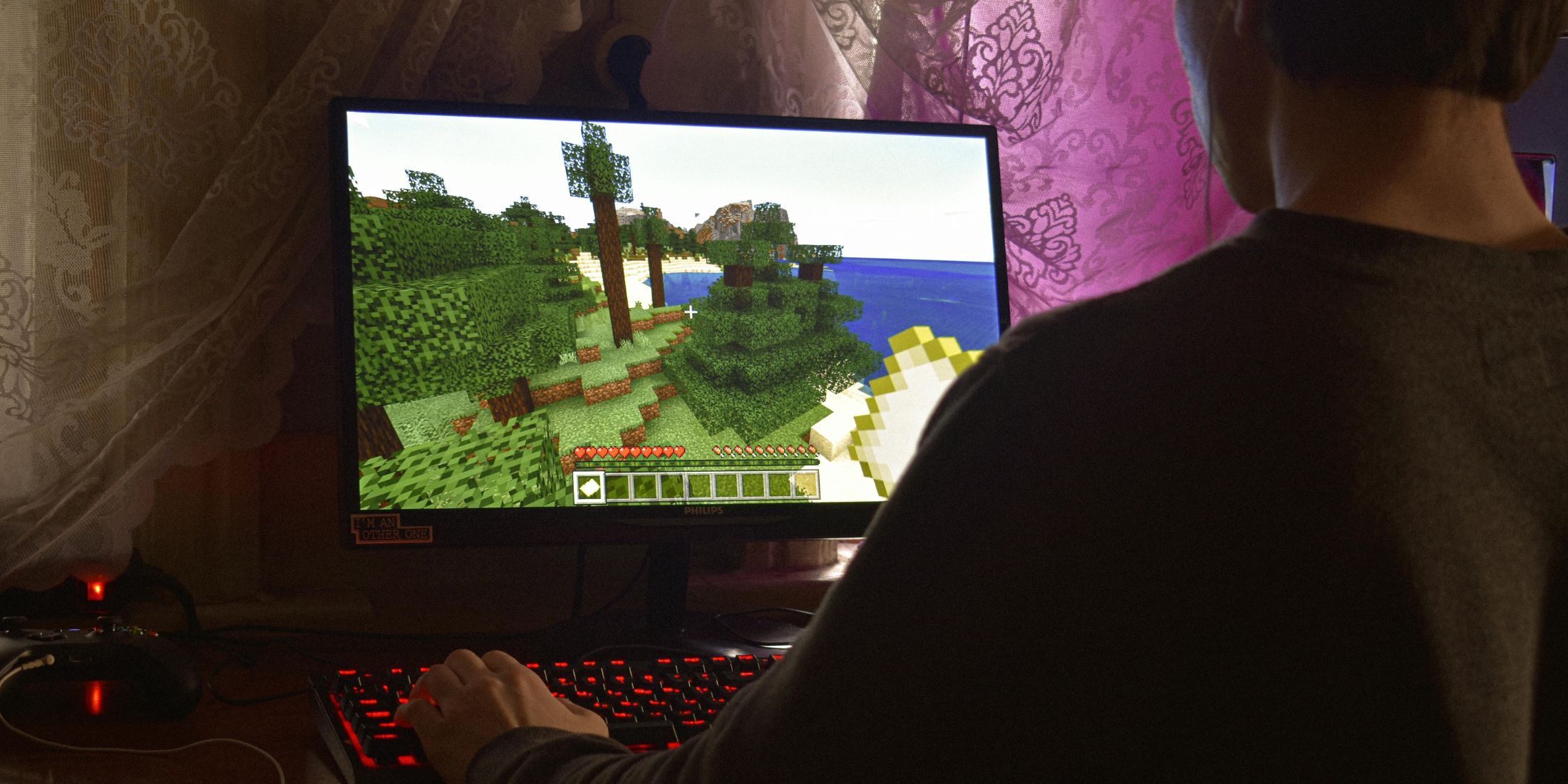
The benefit of All-In-One systems is instantly noticeable upon setup. These systems simplify the challenges associated with traditional setups such as cable management and space optimization. Instead of dealing with multiple cables, you’re left with just one power cord. Moreover, the integrated design eliminates the struggle with monitor placement and the clutter caused by various components spread across your desk.
For individuals who game and reside in compact areas such as dormitories or city flats, this space-saving feature will prove incredibly useful. It allows you to establish a complete gaming setup comfortably within a small area, like a corner desk, without having to compromise on either display size or performance.
Instead of standing out as an imposing presence like a traditional gaming tower, these systems boast a sleek design that effortlessly integrates with home environments.
Beyond Basic Integration
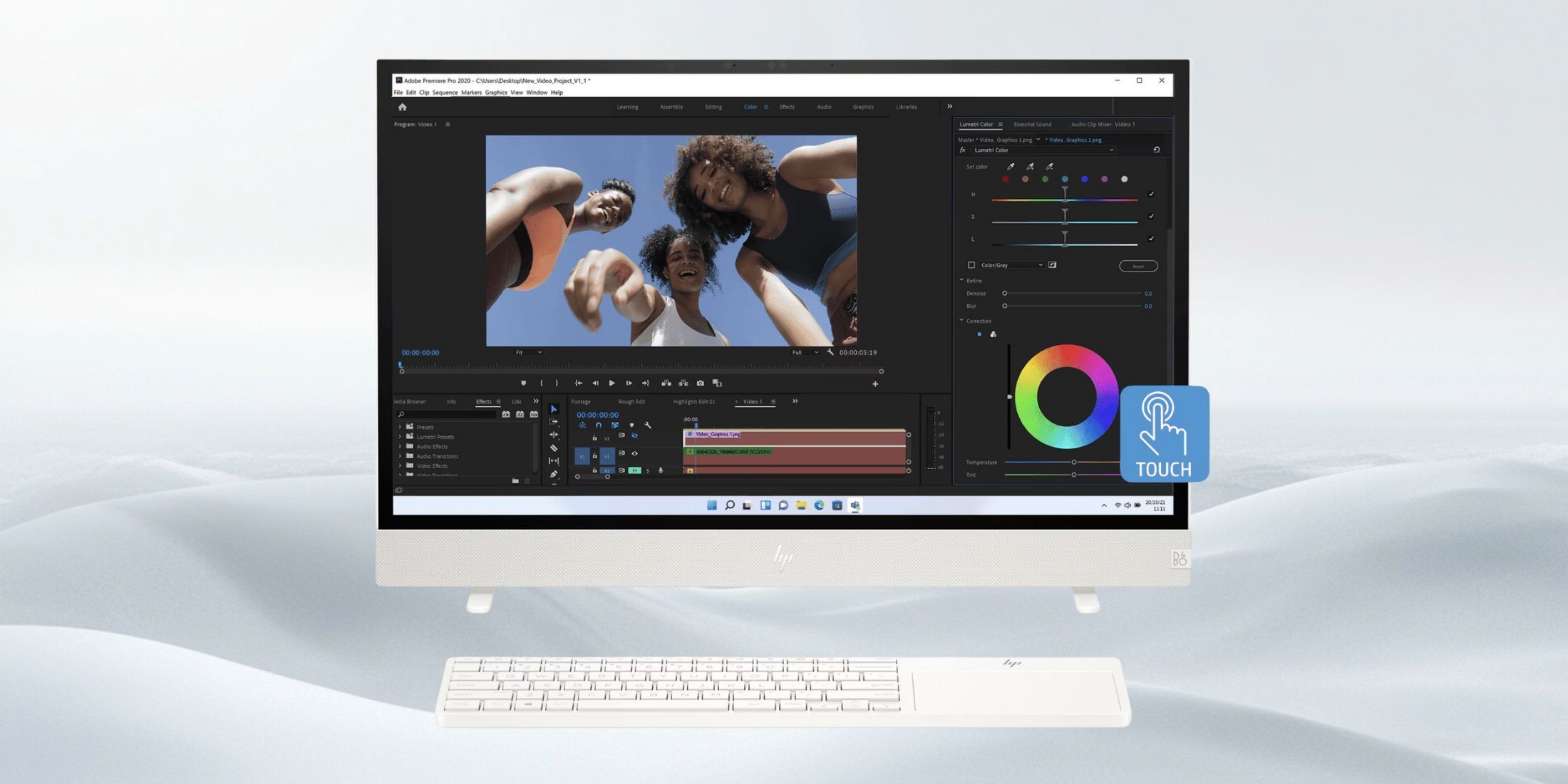
Modern All-In-One systems have significantly advanced from their initial roles as basic integrated displays with minimal computing capabilities. Today, many of them boast desktop-class processors and dedicated graphics cards, enabling them to manage demanding games and creative applications smoothly. Innovative cooling solutions by companies such as HP and Lenovo enable these sleek machines to maintain high performance without slowing down under heavy usage.
Furthermore, it’s worth noting that the integration in All-In-One devices transcends merely linking a monitor and a computer. Modern All-In-Ones often feature superior components such as high-definition webcams, advanced microphone arrays, and powerful speaker systems, which typically surpass the performance of standard desktop accessories.
This implies that users receive an all-inclusive solution that is essentially customized for contemporary computing requirements, encompassing everything from gaming and streaming to video conferencing, without the need to purchase extra, high-end gadgets.
The Display Advantage
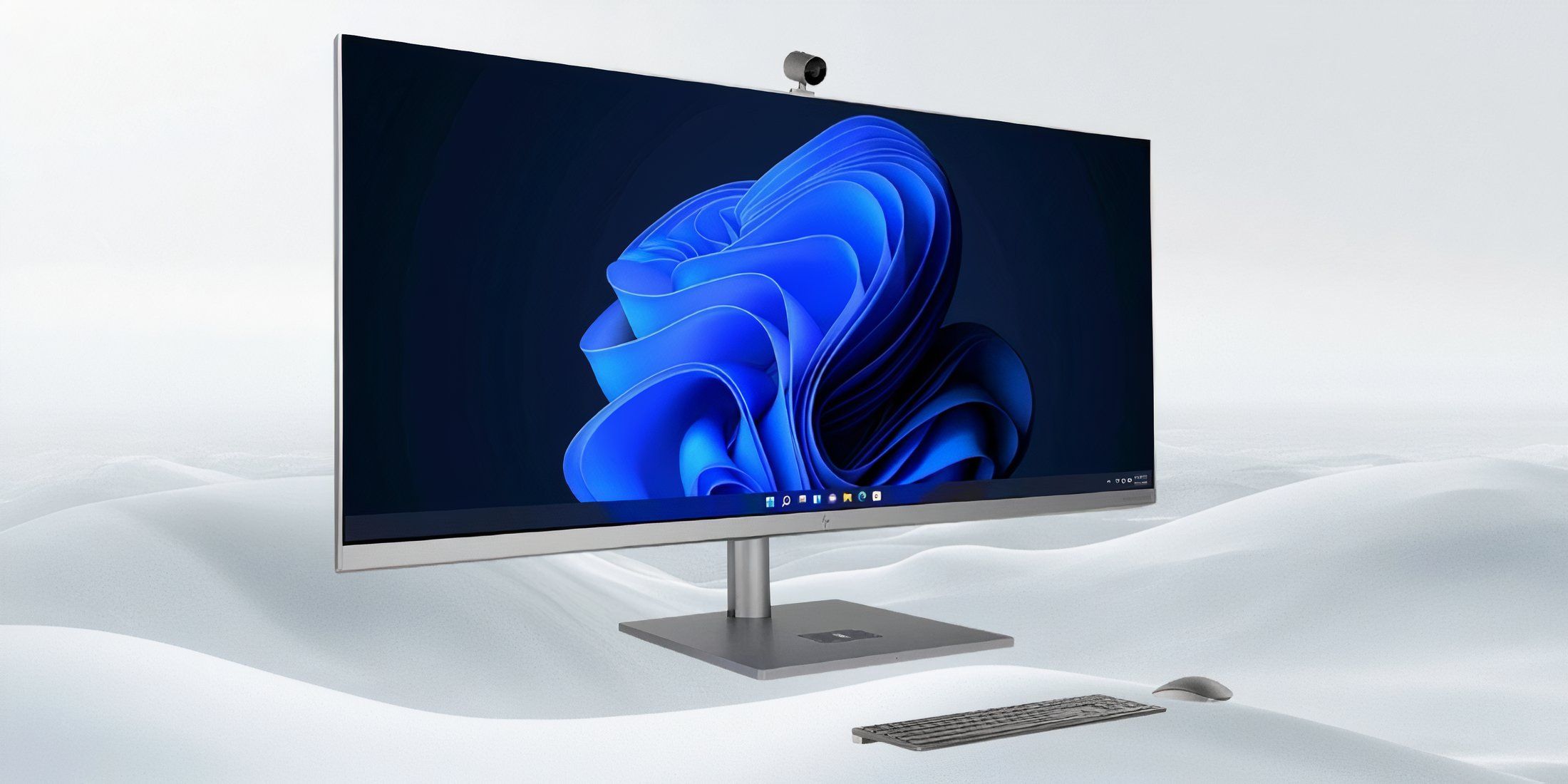
Many individuals tend to underestimate the display quality when it comes to All-In-One systems. This is because manufacturers have the ability to fine-tune the entire system around a single screen, resulting in many All-In-Ones boasting impressive panels that can even compete with or surpass standalone gaming monitors. Features like HDR support, high refresh rates, and factory calibration are becoming more prevalent, offering an exceptional visual experience right from the get-go.
This optimization encompasses both adjustments for size (scaling) and definition (resolution), as well. With these systems integrated, there’s no more fussing over Windows scaling problems or managing inconsistencies between different displays due to varying refresh rates. Instead, everything functions seamlessly because it was thoughtfully designed to do so from the outset.
Maintenance Becomes A Lot Easier
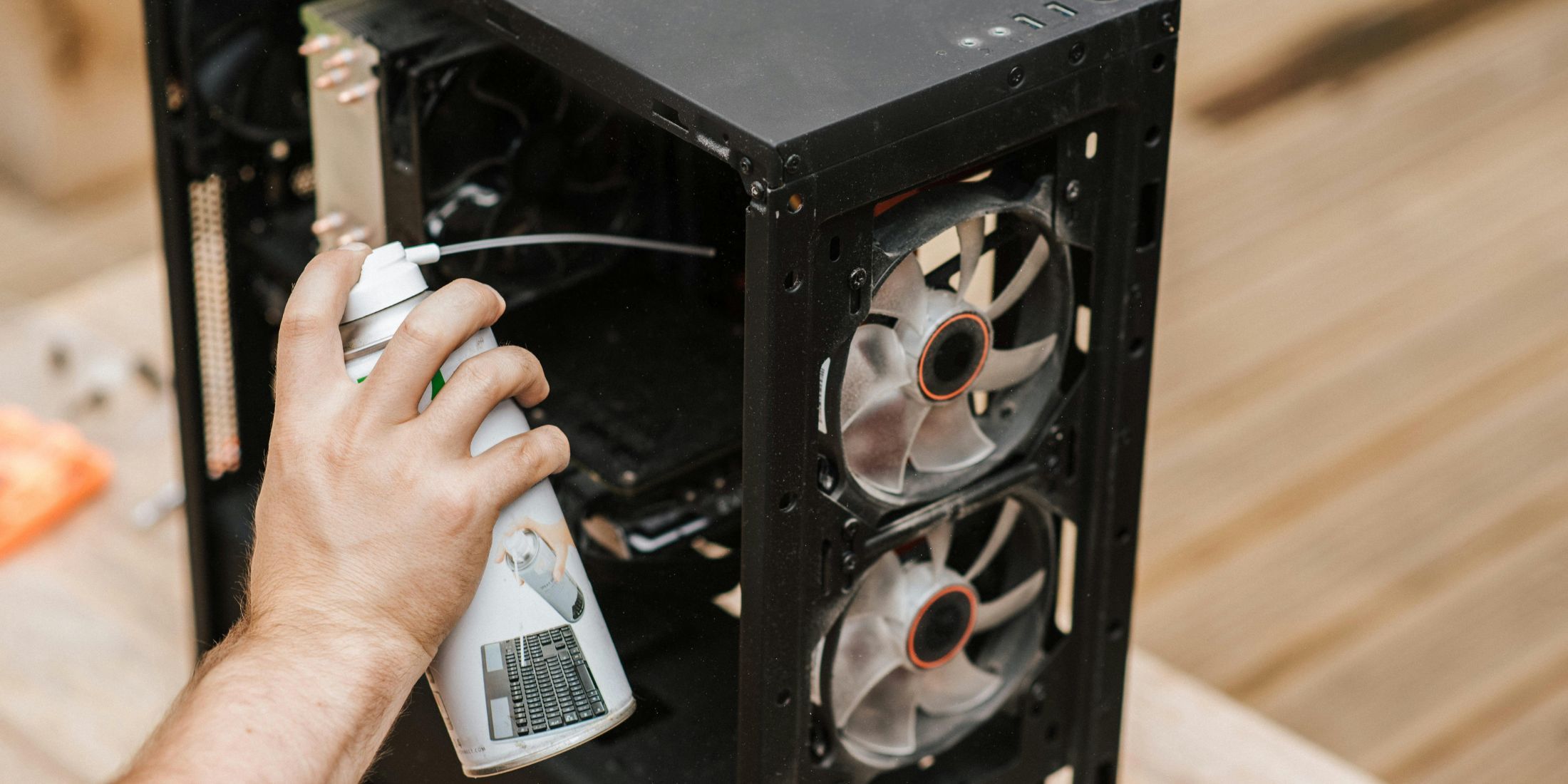
From a passionate film buff’s perspective, I must confess that while classic gaming PCs can offer an incredible experience, they do require consistent attention and upkeep. This could range from cleaning out dust to swapping out components. However, All-In-One systems alleviate this hassle remarkably, thanks to their compact, self-contained design that keeps the complexities hidden within.
There’s no misunderstanding, and I can confirm that this choice implies minimal or no potential for improvement. But, on the bright side, it also signifies reduced chances of dust buildup and fewer components that might cause issues, lessening your worries.
By being interconnected, the design allows manufacturers to experiment with advanced cooling methods and dust-resistant features that may not be feasible in a modular setup due to their complexity.
It’s not surprising that All-In-One systems come equipped with removable, tool-less access panels for simple maintenance and memory upgrades. This means that even those who may find conventional PC maintenance daunting can tackle routine tasks with greater ease.
The Portability Factor
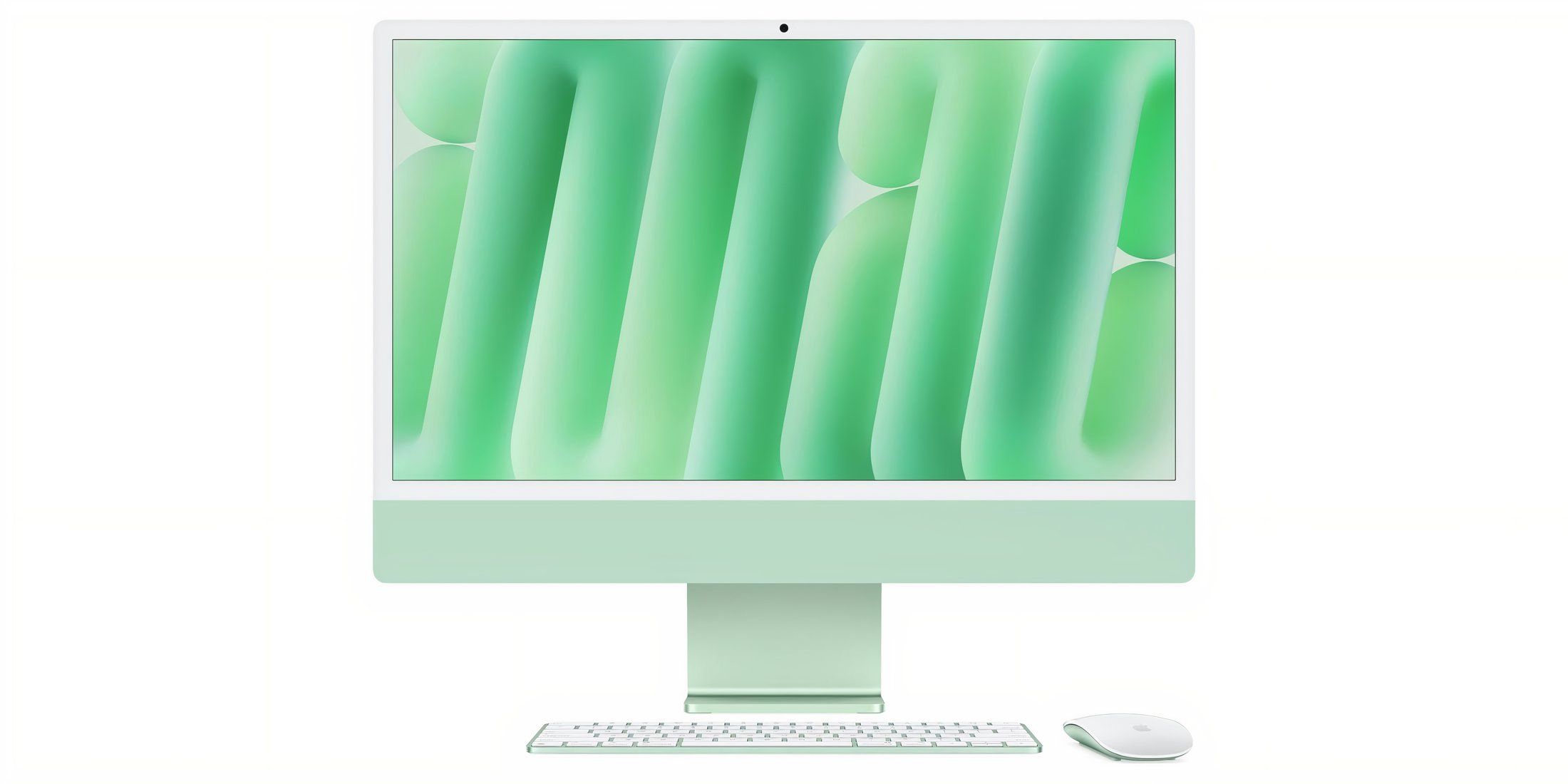
Instead of being known for mobility, All-In-One systems provide unexpected benefits when it comes to transportability compared to conventional desktop configurations. Migrating a gaming setup usually involves wrapping up and safeguarding numerous parts, organizing assorted wires, and keeping your fingers crossed that everything stays intact during the move.
A versatile device, much like a big laptop, is effortlessly portable. This makes it an excellent choice for users who frequently change locations or desire the convenience of quickly reorganizing their workspace.
This feature allows for portability, even in temporary situations. Whether it’s setting up a gaming session at a friend’s place or organizing a small LAN party, the convenience is immense when your entire system can be transported as one compact unit.
The Value Proposition

When assessing the cost differences between an All-In-One (AIO) and a traditional desktop tower, it is crucial to remember that an AIO’s price often includes components you would need to purchase separately for a tower PC, such as a monitor, webcam, speakers, and more.
The integration ensures these parts will function seamlessly as they are ensured to operate optimally together, thereby minimizing any potential compatibility issues (although it’s uncommon, there can be instances where peripherals don’t work well with standard PCs) and decreasing the time required for setting up and managing a comprehensive system.
The Bottom Line
As a tech enthusiast, I must say that All-In-One computers aren’t flawless, but they truly shine in their intended purpose. They offer a comprehensive, powerful computing experience, all while avoiding the intricacies and messiness often associated with conventional desktop setups.
If you’re fed up with the hassle of managing cables, seeking a sleek design to complement your space, and don’t require top-tier processing power for high-end gaming or video editing, an All-in-One (AIO) computer could be just what you need.
On a professional or business note, these devices are suitable for areas like receptions and checkout counters, small offices, and shared workspaces. They’re perfect when high-performance metrics aren’t the primary concern, but rather a device that is efficient and easy to use without complications.
When considering a tech purchase, keep in mind the purpose it will serve for you. Avoid being swayed solely by its attractive appearance. Instead, take into account your specific requirements, available space, and future demands. If you’re uncertain, opting for a tower PC could be a good choice. However, if everything fits perfectly, go ahead! You might even ask yourself why you didn’t make the change earlier.
And hey, worst case scenario? You can always use it as a really expensive digital picture frame.
Frequently Asked Questions
How do AIOs handle power outages? Is there a built-in battery backup?
Unlike traditional laptops, All-in-One (AIO) computers do not have built-in batteries. Instead, they can be connected to an external Uninterruptible Power Supply (UPS), similar to a regular desktop computer. It is generally advisable to use an UPS with AIOs because they consolidate both the computer and display’s power requirements into a single unit. To ensure maximum safety and reliability, it is always best practice to utilize an external power backup system for these devices.
Are AIOs more difficult to repair than regular desktops if something goes wrong?
Performing basic maintenance tasks such as upgrading RAM is relatively simple, but intricate repairs usually call for expert assistance. Unlike conventional desktops that use standardized components, All-in-One (AIO) computers come equipped with custom parts tailored to each model. The positive aspect is that some manufacturers have authorized service centers that are specially trained to handle their AIO systems.
How well do AIOs handle thermal throttling compared to traditional desktops?
All-in-One (AIO) computers are equipped with cooling systems tailored to their compact design. Although they tend to operate warmer than traditional tower PCs, contemporary AIOs incorporate various cooling technologies such as vapor chambers, numerous heat pipes, and thoughtful airflow management. However, it’s essential to acknowledge that under continuous heavy workloads, these devices may throttle earlier compared to well-ventilated desktops. This issue might not affect casual users significantly, but avid gamers and professionals operating demanding applications should certainly keep this factor in mind.
Read More
- REPO: How To Fix Client Timeout
- UNLOCK ALL MINECRAFT LAUNCHER SKILLS
- Unaware Atelier Master: New Trailer Reveals April 2025 Fantasy Adventure!
- 10 Characters You Won’t Believe Are Coming Back in the Next God of War
- 8 Best Souls-Like Games With Co-op
- Top 8 UFC 5 Perks Every Fighter Should Use
- All Balatro Cheats (Developer Debug Menu)
- Unlock Wild Cookie Makeovers with Shroomie Shenanigans Event Guide in Cookie Run: Kingdom!
- How to Reach 80,000M in Dead Rails
- BTC PREDICTION. BTC cryptocurrency
2025-01-05 16:04